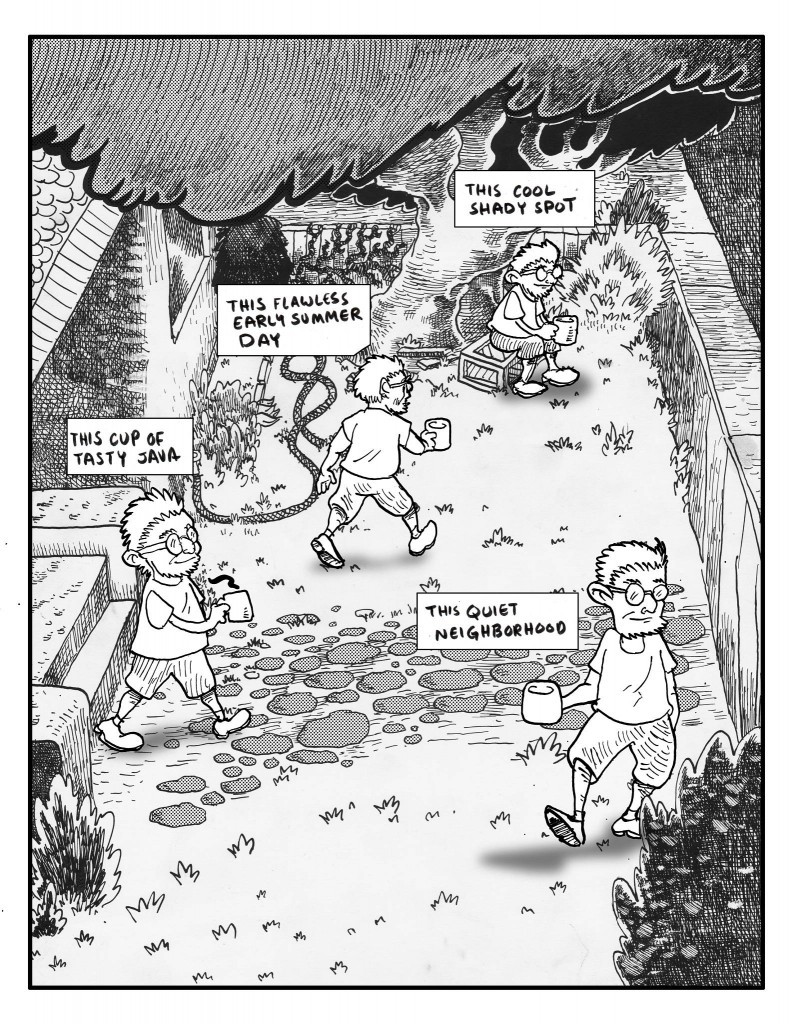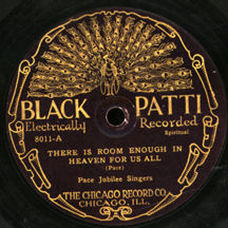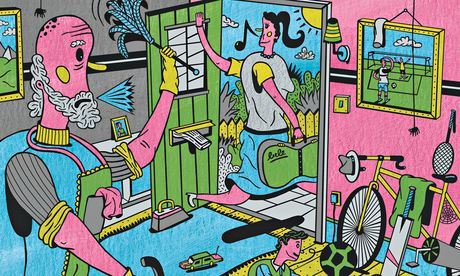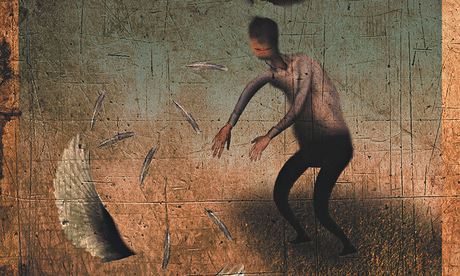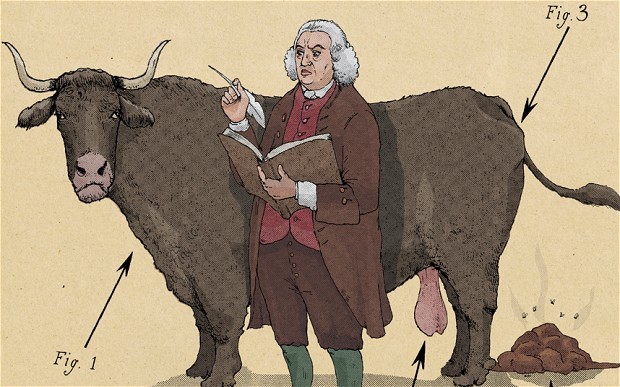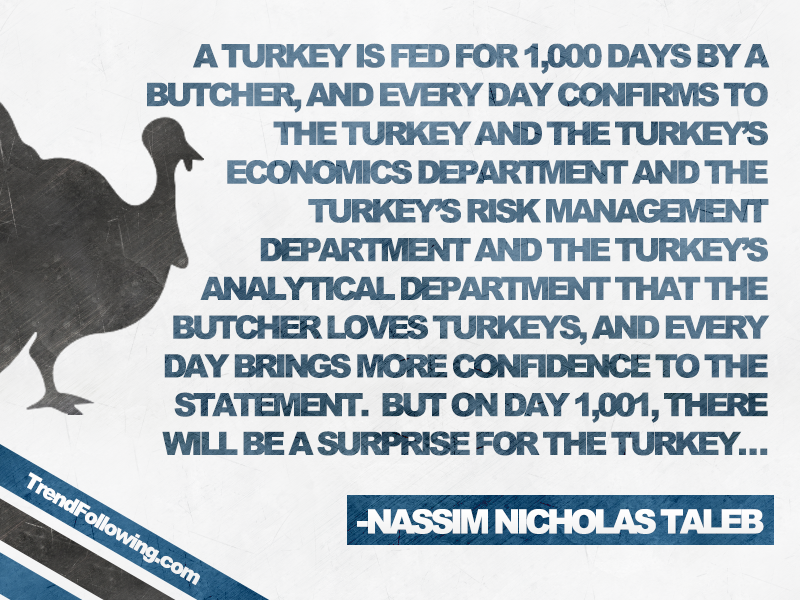Miss Marple
Before we left on our England trip, I loaded up the Kindle with a few hundredweight of e-books thinking, "Oho, eight hours on the flight over, eight hours on the flight back, three weeks of travel -- I'll certainly rip through more than a dozen books!" When I write up my lessons learned from the trip, we'll talk more about the grand foolishness of that master plan (and the foolishness of master plans in general).
But I did in fact read a couple of e-books, one of which gave me mild but very real pleasure -- namely, Miss Marple: The Complete Short Stories, which Amazon helpfully priced at about $2 or $3 just before the trip. I remembered the old BBC series fondly and thought I'd give the old girl a whirl.
They were quite wonderful to read late at night, after Liz had gone to bed but well before I felt sleepy. And reading the stories where we stayed, at bed-and-breakfasts in Bowness-on-Windemere and Chipping Campden -- villages both -- felt just right for these cozy, delicately spun cameos.
I am not up to date or even well read in the classic country-house English mystery genre. Christie's books, and the Marple stories and novels in particular, are referred to, I believe, as "cozies" -- an established set of characters who form the suspects and allies, a rather hermetic and contrived environment, and, my golly, lots of exposition and talking heads. No chasing bad guys through the bog or fisticuffs on a pitched roof. No, the primary action in a Miss Marple short story is of the women knitting or the men drinking and smoking cigars.
Nowadays, I expect an author would create a backstory for Miss Jane Marple that would explain all: was she always solving mysteries? Had she ever been in love? What did she do during the wars? Does she navigate the thorny politics of planning church fêtes as easily as she does a murder investigation?
Part of a detective story's fun is that the detective is himself the central mystery: what is the alchemical mix that makes them who we see in the story? I found myself reading the Marple stories for clues to her character, since I found her easily the most fascinating and unsolved mystery in the entire book.
As I read the stories, I kept hearing Joan Hickson, who played Miss Marple in the 1980s-era BBC series that dramatized the novels. I watched them all on Netflix over the last month. As with the stories, the most interesting bits are where Miss Marple talks about the past and her memories, yet without giving away any personal details. There are tender moments in some of the episodes where she commiserates with other old ladies; the gravity and weight of their age, and their invisibility in this strange modern world, are brought to gnawing life by the elderly character actresses.
The antiqueness of the Marple plots and the settings was in cases matched by the slow pace and staid staging of the episodes. The series was praised in its time for hewing closely to the novels and not substantially changing them (a claim recent series based on the Marple mysteries cannot make, so I hear), and I believe the novels mostly consist of people being questioned. Still, I couldn't quite believe how amateurishly filmed and staged was "A Murder is Announced," even though it has some of my favorite Marple dialogues and observations.
The acting is also variable, though one can catch a few young actors on their way up, such as Tom Wilkinson, who even in his younger days looked like an old member of the Establishment. Throughout though, is Hickson's busybodyish, soft-spoken, observant, and shrewd Miss Marple. There is a stillness to Hickson's Marple that arrests me; she is an old lady sitting in a chair by the fire, listening to the radio, her mind wandering who knows where, who will suddenly rouse herself to ask a pointed question that no one had thought to ask before. It's a dear and charming performance.
I thought the strongest stories of the series were "A Pocketful of Rye," "Sleeping Murder," and "Nemesis." And a wonderful little bonus for me: in "Nemesis," Chipping Campden serves as the setting for the village Miss Marple visits to investigate a case, with several scenes set in and around St. James Church, where we had been only a few weeks before.


